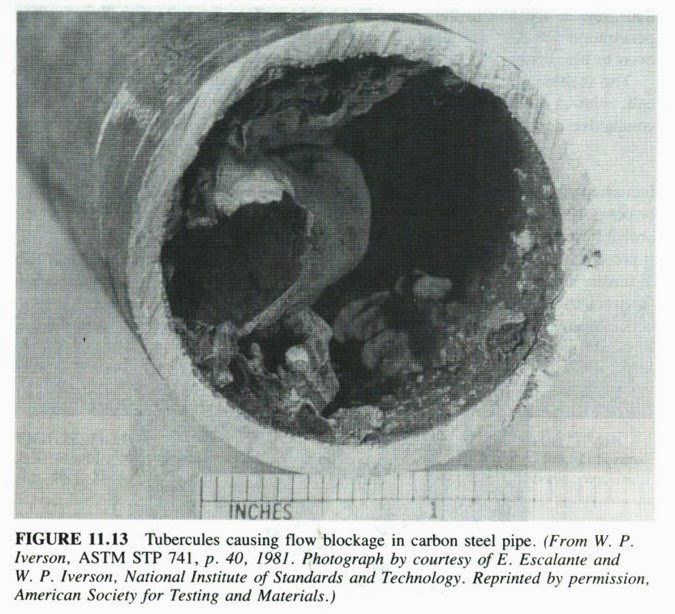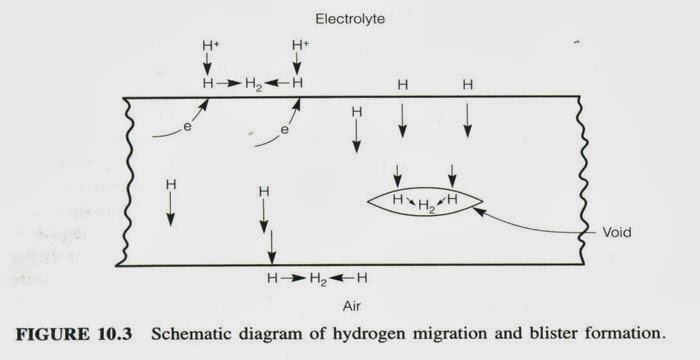After blast cleaning and immediately before priming, dust and abrasive residue shall be removed with clean compressed air, clean soft bristle brushes or vacuuming. Priming of all surfaces shall be completed within four hours of blasting.
Any surface which exceeds this time shall be re-blasted. The mixing, applying, drying and curing of the primers and adhesives shall be in accordance with the manufacturer's latest published instructions and the requirements specified therein.
Primers and adhesives shall be thoroughly mixed until they are smooth and free of lumps. The minimum and maximum drying times between coats of the adhesive system and after the final coat of adhesive shall be in accordance with the manufacturer's latest published instruction and approved procedures.
Any surface which exceeds this time shall be re-blasted. The mixing, applying, drying and curing of the primers and adhesives shall be in accordance with the manufacturer's latest published instructions and the requirements specified therein.
Primers and adhesives shall be thoroughly mixed until they are smooth and free of lumps. The minimum and maximum drying times between coats of the adhesive system and after the final coat of adhesive shall be in accordance with the manufacturer's latest published instruction and approved procedures.
The adhesive system shall be recommended by or meet the approval of the rubber manufacturer. The primer coat of the adhesive system shall be applied to the substrate as soon as possible after completion of surface preparation and shall be completed before any visible rusting or surface contamination takes place.
The adhesive type, thickness of adhesive coats, compatibility with substrate, and the minimum and maximum drying times for the adhesives shall be as recommended by the rubber manufacturer. Minimum drying times for adhesives are dependent upon temperature and humidity. The adhesives also have a maximum drying time, after which the adhesive coat needs to be reapplied. The rubber manufacturer’s recommendation shall be followed in this regard.
Adhesive bonding has the advantage of relatively low bonding temperature as well as the absence of electric voltage and current. Based on the fact that the wafers are not in direct contact, this procedure enables the use of different substrates, e.g. silicon, glass, metals and other semiconductor materials. A drawback is that small structures become wider during patterning which hampers the production of an accurate intermediate layer with tight dimension control.Further, the possibility of corrosion due to out-gassed products, thermal instability and penetration of moisture limits the reliability of the bonding process. Another disadvantage is the missing possibility of hermetically sealed encapsulation due to higher permeability of gas and water molecules while using organic adhesives.
The most important process parameters for achieving a high bonding strength are:
- adhesive material
- coating thickness
- bonding temperature
- processing time
- chamber pressure
- tool pressure
- Homogenity
Adhesive bonding has the advantage of relatively low bonding temperature as well as the absence of electric voltage and current. Based on the fact that the wafers are not in direct contact, this procedure enables the use of different substrates, e.g. silicon, glass, metals and other semiconductor materials. A drawback is that small structures become wider during patterning which hampers the production of an accurate intermediate layer with tight dimension control.Further, the possibility of corrosion due to out-gassed products, thermal instability and penetration of moisture limits the reliability of the bonding process. Another disadvantage is the missing possibility of hermetically sealed encapsulation due to higher permeability of gas and water molecules while using organic adhesives.
The adhesives may be applied by brush, roller, or spray methods. Certain adhesives are degraded by exposure to direct sunlight. All surfaces shall be kept away from direct sunlight, and if an adhesive is exposed to sunlight, the adhesive manufacturer shall be consulted before proceeding. Surfaces shall be kept dry and examined for any presence of oxidation if the surfaces are inadvertently exposed to moisture. While we do primer and adhesive application must be watch out of homogenity of solution.






















